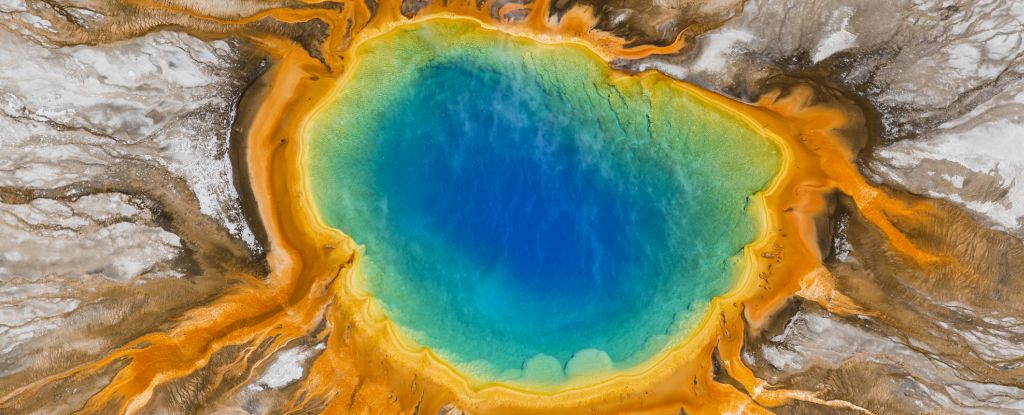
Tucked away in remote mountains, alpine lakes appear pristine—but their sediments say otherwise. Trapped in the silt and sand at the bottom of these lakes are hundreds of years of history, as told by the genes of the small floating organisms that used to call the lakes home.
Humanity’s fingerprints reach these high altitudes, but exactly how we’ve affected life in the lakes has remained unclear. By examining the genetic material buried in lake bed sediments, however, researchers found that zooplankton populations in several Rocky Mountain lakes have shifted over the past few hundred years, and non-native trout are to blame.
“We see changes in the [diversity of the] community from large zooplankton to small zooplankton.”
After trout are introduced, “we see changes in the [diversity of the] community from large zooplankton to small zooplankton,” said first author Jordan Von Eggers, a Ph.D. candidate at the University of Wyoming in Laramie studying ecology. Lower diversity can make planktonic communities less resilient to change, she said, and such resilience has far-reaching consequences, as these microorganisms play a significant role in maintaining the health of the lake ecosystem.
Von Eggers and her colleagues will present their research on 13 December at AGU’s Annual Meeting 2024 in Washington, D.C.
Insights Preserved in Layers of Mud
High-altitude lakes are ideal settings to study how human activities can affect lake ecosystems. Many alpine lakes are naturally fishless, they heat up easily when the air warms, and their algae and plant life respond quickly to pulses of nitrogen pollution. Lacking oxygen, their cold, still deep water is perfect for preserving fragile genetic material. Mud accumulates so slowly that 30 centimeters (12 inches) of sediment can record around 500 years of history.
“It’s one of the first uses of sedimentary DNA for conservation purposes.”
The team took advantage of these conditions at seven lakes in the Wind River Range and Snowy Range in Wyoming. Joined by three llamas to tote equipment, they trekked up thousands of meters to collect sediment core samples. The researchers then brought the samples back to the lab for DNA extraction and analysis.
That genetic analysis revealed that the biggest factor driving changes in zooplankton diversity was not rising air temperatures or nitrogen pollution, but non-native fish. In the early 1900s, recreational fishers brought rainbow trout, cutthroat trout, and brook trout from all over the country and introduced them to the Wyoming lakes for sport fishing.
Changes in the sedimentary DNA showed that the new fish preferentially preyed on larger copepods, which had been dominant, allowing small-bodied zooplankton such as Daphnia to thrive.
Von Eggers said she was surprised by the immediate and consistent effect of the introduced trout across all the lakes she and her colleagues studied. “[There is] this big red copepod in every single lake in the past, and right when fish are introduced, everything changes,” she said.

It is rare to see sedimentary DNA being used in this way, said Bianca De Sanctis, a postdoctoral researcher in ecology and evolutionary biology at the University of California, Santa Cruz, who was not involved with the study. “It’s one of the first uses of sedimentary DNA for conservation purposes,” she said. “It’s infrequent that we get that [in the field].”
Harnessing these genetic insights provides a historical perspective on how biodiversity patterns and lake health are affected by human intervention, according to the research team. They hope their results will help guide management strategies to protect the variety of organisms that live in and around more vulnerable lakes. (The Wyoming Game and Fish Department continues to stock the lakes with trout.)
“These mountain lakes and the surrounding area are unique systems where only certain species can live,” Von Eggers said. “Learning impacts of invasive species and what they can do is a big takeaway.”
—Jasmin Galvan (@jasmin-galvan.bsky.social), Science Writer








Leave a Comment